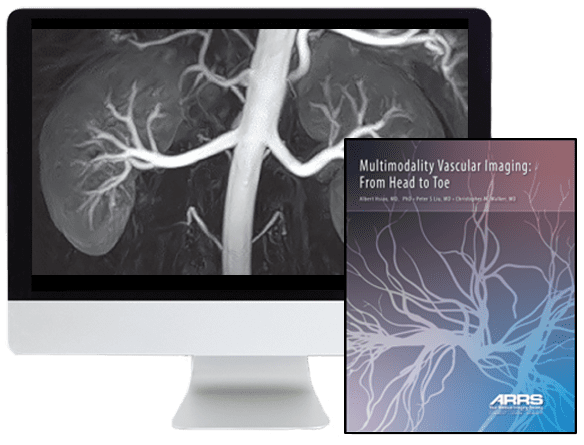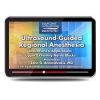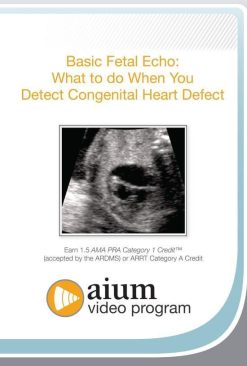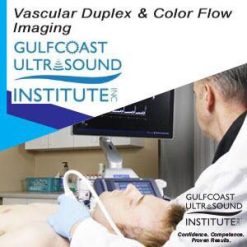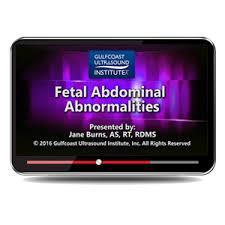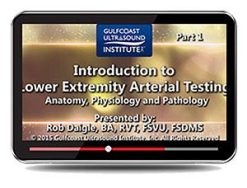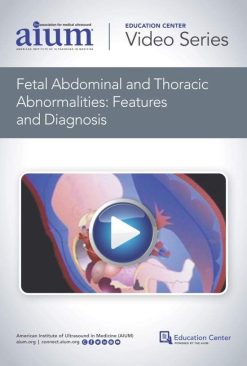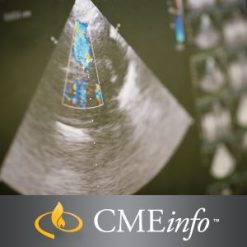Multimodality Vascular Imaging: From Head to Toe 2020
$45,00
This Product is shared via google drive download link, So please share your correct Gmail id while placing the order .Please note that there are no CME points or certificate associated with this course Samples for Courses Can be found here : Free Samples Here!
Multimodality Vascular Imaging: From Head to Toe 2020
Multimodality Vascular Imaging
Bringing together many of the foremost teachers in multiple disciplines, our Online Course will provide a holistic view of vascular imaging across subspecialty silos such as neuroradiology, cardiothoracic imaging, abdominal imaging, as well as pediatric and interventional radiology. Enhancing every radiologist’s ability to recognize vascular manifestations across various body territories, this course will offer insights to not only improve the diagnosis of these pervasive yet often subtle diseases, but also techniques for optimizing image quality to elevate practices.
Learning Objectives: After completing the material in this activity, the learner should be able to:
- Discuss the relative strengths of key imaging modalities (ultrasound, CT, MRI, angiography), and appropriately apply each in the diagnosis of vascular disease.
- Adapt the latest best practices to optimize the quality of vascular imaging for each modality in their own practices.
- Recognize manifestations of traumatic and nontraumatic vascular injury, atherosclerotic disease, chronic thromboembolism, mesenteric ischemia, vasculitis, and congenital vascular abnormalities.
- Apply vascular imaging for surgical and interventional planning, including TAVR, prostatic embolization, surgical free flaps, and aortic aneurysm.
- Describe the latest imaging innovations (including artificial intelligence, spectral CT, 4D flow, and contrast enhanced ultrasound), and utilize each to further improve diagnosis of vascular disease.
Topics/Speakers :
Module 1—Imaging Technique
* Unenhanced MR Angiography—M. Miyazaki
* Pediatric Techniques: Blood Pool Imaging and MR Lymphangiograms—S. Chan
* Duplex Ultrasound Technique: Peripheral Arteries and Veins—J. Jones
Module 2—Traumatic/Non-Traumatic
* Traumatic Vascular Injuries: An Emergency Radiologist’s Perspective—C. Sandstrom
* Traumatic Vascular Injuries: An Interventional Radiology Perspective—C. Ingraham
* Neurovascular Trauma—J. Allen
Module 3—Liver, Kidney, Pancreas
* Contemporary Imaging of Renovascular Disease—M. Goodenberger
* Imaging the Posttransplant Patient: What the Radiologist Needs to Know—M. Feldman
* Pancreatic Vascular Processes: Tumor, Inflammation and More—R. O’Malley
Module 4—Atherosclerotic Vascular Disease
* Head and Neck CT Angiography and MR Angiography—J. Leever
* Sonographic Evaluation of Carotid, Mesenteric, and Peripheral Arteries—M. Lockhart
* Imaging of Nontraumatic Aortic Conditions—G. Kicska
Module 5—Advanced Technologies
* Novel Techniques in Vascular CT: Spectral CT, 4D CT Angiography, and Computational Fluid Dynamics—D. Mastrodicasa
* Advanced MRI: MR Angiography, 4D Flow, and Oxygenation—P. Young
Module 6—Congenital Vascular
* Congenital Thoracic Vascular Anomalies—J. Stowell
* Pediatric Vascular Lesions—S. Josephs
* Congenital Neurovascular Anomalies—N. Madan
* Low-Flow and High-Flow Vascular Malformations—E. Monroe
Module 7—Pulmonary Vascular/Thromboembolic Disease
* Thrombotic Pulmonary Embolism: Pitfalls in Diagnosis—C. Walker
* Pulmonary Hypertension: An Approach—S. Digumarthy
* Current State of Endovascular Treatment of Venous Thromboembolism—P. Johnson
Module 8—Bowel and Beyond
* Prostatic Artery Embolization for Benign Prostatic Hyperplasia: What, Why, and How—A. Picel
* Vascular Considerations in the Female Pelvis—J. Robbins
Module 9—Aorta and TAVR
* CT for Percutaneous Valve Planning: Protocol Optimization—B. Ghoshhajra
* Imaging of Patients with Transcatheter Valves: Complications After Placement—K. Ordovas
* Imaging the Postsurgical Thoracic Aorta—D. Ocazionez
* Imaging for Sizing Transcatheter Valve Interventions—S. Zimmerman
Module 10—Subspecialty Vascular Imaging
* MR Lymphangiography—O. Kolokythas
* Interventional Vascular Imaging Techniques: Intravascular Ultrasound and CO2 Angiography—W. Sherk
* Preoperative Imaging for Flap Transfers: What Radiologists Need to Know—P. Liu
Date of issuance: October 1, 2020
Related products
PULMONARY /RESPIRATORY
Abdominal Ultrasound Registry Review, Updated March 2021 (Videos + Exam-mode Quiz)
Radiology
OBSTETRICS & GYNECOLOGY
AIUM Fetal Abdominal and Thoracic Abnormalities: Features and Diagnosis

